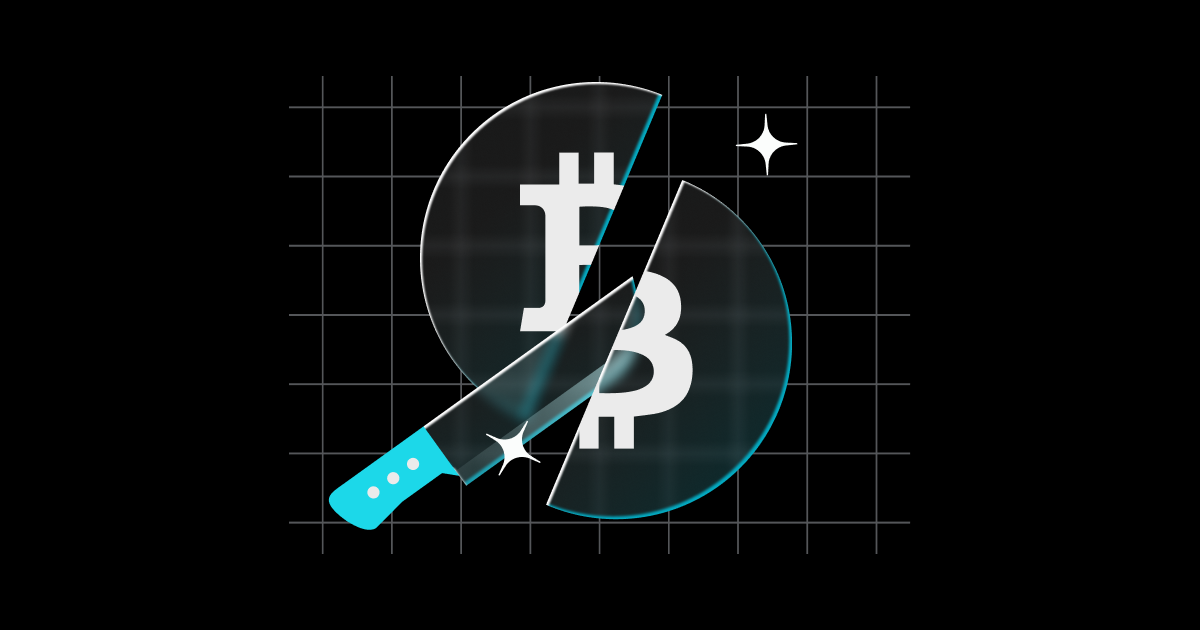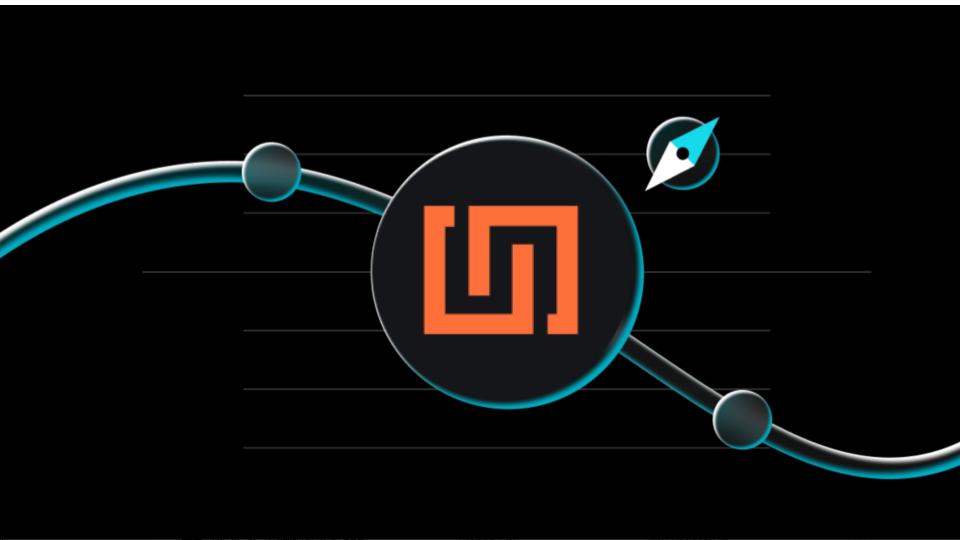
Bitcoin Halving 2024 One-Year-Review: What Happened and Predictions to 2028
Introduction
Bitcoin halving is a crucial event in the cryptocurrency ecosystem, and the 2024 halving has brought renewed global attention to Bitcoin's supply mechanism and its impact on price, mining, and investor sentiment. With the fourth halving now completed, crypto investors and enthusiasts closely analyze both the immediate and long-term ramifications on Bitcoin's price chart, market cycles, and potential trends from 2024 to 2028. This article offers an in-depth review of the 2024 Bitcoin halving, complete with historical context, technical explanations, expert opinions, and projections to help you understand this landmark event in the digital assets market.
What Is Bitcoin Halving?
Bitcoin halving is a programmed event embedded in the Bitcoin protocol. Every 210,000 blocks—roughly every four years—the reward that miners receive for validating transactions and adding new blocks to the Bitcoin blockchain is reduced by half. This process continues until all 21 million BTC have been mined, enshrining Bitcoin’s capped supply and deflationary characteristics.
Why Does Bitcoin Halving Matter?
Halving events are designed to control the rate of new BTC entering circulation, ensuring scarcity and influencing Bitcoin’s price over time. Historically, each halving has sparked significant speculation in the markets, often leading to new bull runs, shifts in miner economics, and increased mainstream interest in cryptocurrency as a long-term store of value.
Bitcoin Halving 2024: Details of the Fourth Halving
Understanding the impact of the 2024 halving is easier when we look at the historical pattern:

The fourth Bitcoin halving event took place at block number 840,000 on April 19, 2024. This pivotal event reduced the mining reward from 6.25 BTC to just 3.125 BTC per block.
-
Date: April 19th, 2024
-
Block Number: 840,000
-
New Block Reward: 3.125 BTC
-
Daily New BTC Created: Approximately 450 BTC
-
Percentage of Bitcoin Mined: ~96.875%
-
Estimated Annual Inflation Rate: 0.83%
This halving signals another step toward Bitcoin’s maximum supply of 21 million, with fewer and fewer new coins entering circulation and an increased emphasis on scarcity as a price driver.
See the latest Bitcoin price chart for real-time market data and graph visualizations around the halving date.
What Happened At This Halving? – Results and Effects
Immediate Market Effects
Historically, previous halvings have preceded notable price rallies. After the 2024 halving, the market initially witnessed increased volatility as miners and investors adjusted to the new reward structure. Data shows that at the moment of the halving, Bitcoin was trading around $62,013, with a short-term period of consolidation followed by renewed bullish momentum in the months after the event.
-
Miner Impact: With reduced rewards, mining profitability dropped, pressuring less efficient operations. Many miners invested in more advanced ASIC machines and pursued regions with lower electricity costs.
-
Hash Rate Dynamics: While some anticipated a significant drop in hash rate, the global network proved resilient. Large, well-capitalized mining firms continued to secure the network, reaffirming Bitcoin’s robust security model.
-
Investor Sentiment: Institutional interest, bolstered by the approval of spot Bitcoin ETFs in jurisdictions like the U.S., played a vital role in supporting prices and deepening liquidity. Cathie Wood of ARK Invest commented after the halving, "Bitcoin's predictably declining supply curve, paired with growing global demand, reinforces its status as digital gold."
The Price Chart and Graphs around 2024
A closer look at Bitcoin’s price chart reveals familiar patterns seen in past halvings. Historically, the months following a halving see periods of volatility and accumulation before large-scale uptrends take hold. In the 2020 cycle, for example, BTC climbed from around $8,500 at the halving to nearly $69,000 over the following 18 months. Analysts and research institutions such as Bitget, Kraken, and Gemini have published in-depth graphs documenting these cycles.
For the 2024 halving:
-
Price at Halving: ~$62,013
-
Six months later: Bitcoin surpassed $110,000, reaching new all-time highs as of Q4 2024
-
Volume and Liquidity: Spot Bitcoin ETFs contributed extensively to sustained trade volumes

BTC price and volume around the 2024 halving event - source: Bitbo
Supply, Scarcity, and Market Sentiment Shifts
As each halving drastically reduces new supply, its psychological effect on both retail and institutional investors tends to be significant. With only 3.125 BTC produced per block (down from 50 BTC in 2009), the rate of supply expansion is minute against rising demand, resulting in increased holder conviction and long-term accumulation behaviors.
Market cycles post-halving are also shaped by macro factors, including global economic uncertainty, inflation hedging demand, and fiat currency devaluation. Many high-profile investors, such as Michael Saylor (MicroStrategy), reiterate the thesis that Bitcoin remains one of the most robust long-term stores of value in the digital era.
What Happens Next? - 2024 to 2028 and the Road to the Fifth Halving
After the 2024 halving, all eyes turn toward the long-term effects leading up to the anticipated fifth halving around March or April 2028 (block 1,050,000). If past trends continue, the next four years may see multi-stage market cycles:
-
Supply Dynamics: Only 450 new BTC are now mined daily. This number will halve again to ~225 BTC in 2028.
-
Increasing Scarcity: With over 94% of all Bitcoin already mined, new issuance will play a decreasing role in overall supply, heightening the influence of demand-driven market movements.
-
Institutional Adoption: The approval and expansion of Bitcoin ETFs have provided easy onramps for traditional investors, further increasing potential demand and liquidity.
-
Volatility and Innovation: Expect periodic spikes in volatility, particularly as global macro conditions shift and innovations such as layer-two solutions and scaling technologies propagate in the ecosystem.
Forward-looking analysis and live price charts can be monitored at Bitget Bitcoin Price .
How Halving Influences Bitcoin’s Supply and Demand
Bitcoin’s unique supply mechanism ensures that new coins are issued at a steadily declining rate, permanently capping its supply at 21 million BTC. Each halving reduces the block reward, directly impacting miners (the primary sellers) and thus supply pressure in the market.
Impact on:
-
Supply: Halvings cut the flow of new BTC, fostering growing scarcity.
-
Demand: If demand remains the same or rises, the reduced flow tends to put upward pressure on price.
-
Holder Behavior: The prospect of increased scarcity post-halving has historically induced strong holding behaviors (“hodling”), as investors anticipate higher prices in subsequent cycles.
-
Market Cycles: Halvings are often followed by distinct bull markets before eventual corrections and consolidations.
Conclusion
The completion of the 2024 Bitcoin halving stands as one of the most significant milestones in Bitcoin’s short but vibrant history. The reduction of block rewards to 3.125 BTC further cements Bitcoin’s position as a finite, scarce asset in an era of digital abundance. While the halving itself does not guarantee price increases, its historic correlation with previous bull runs, coupled with increasing institutional participation and a maturing market structure, sets the stage for potentially dynamic years ahead. As the next halving cycle approaches in 2028, continuous monitoring of price trends, network health, and macroeconomic developments remains essential for every crypto investor.


